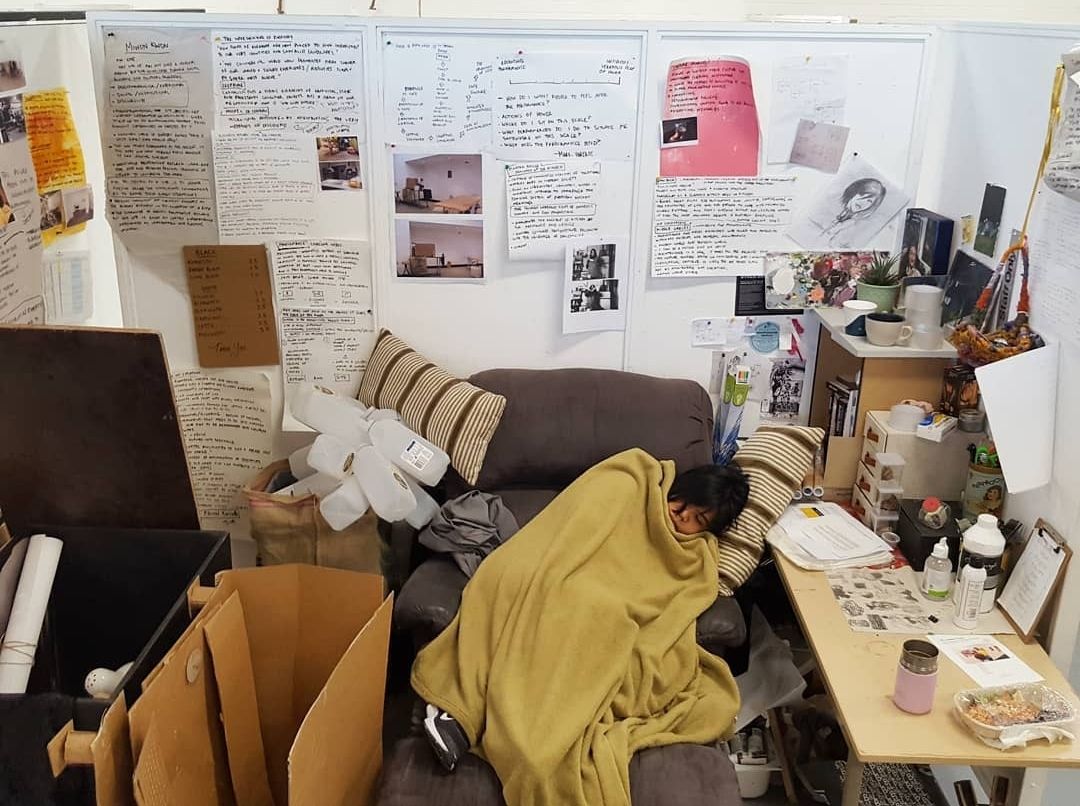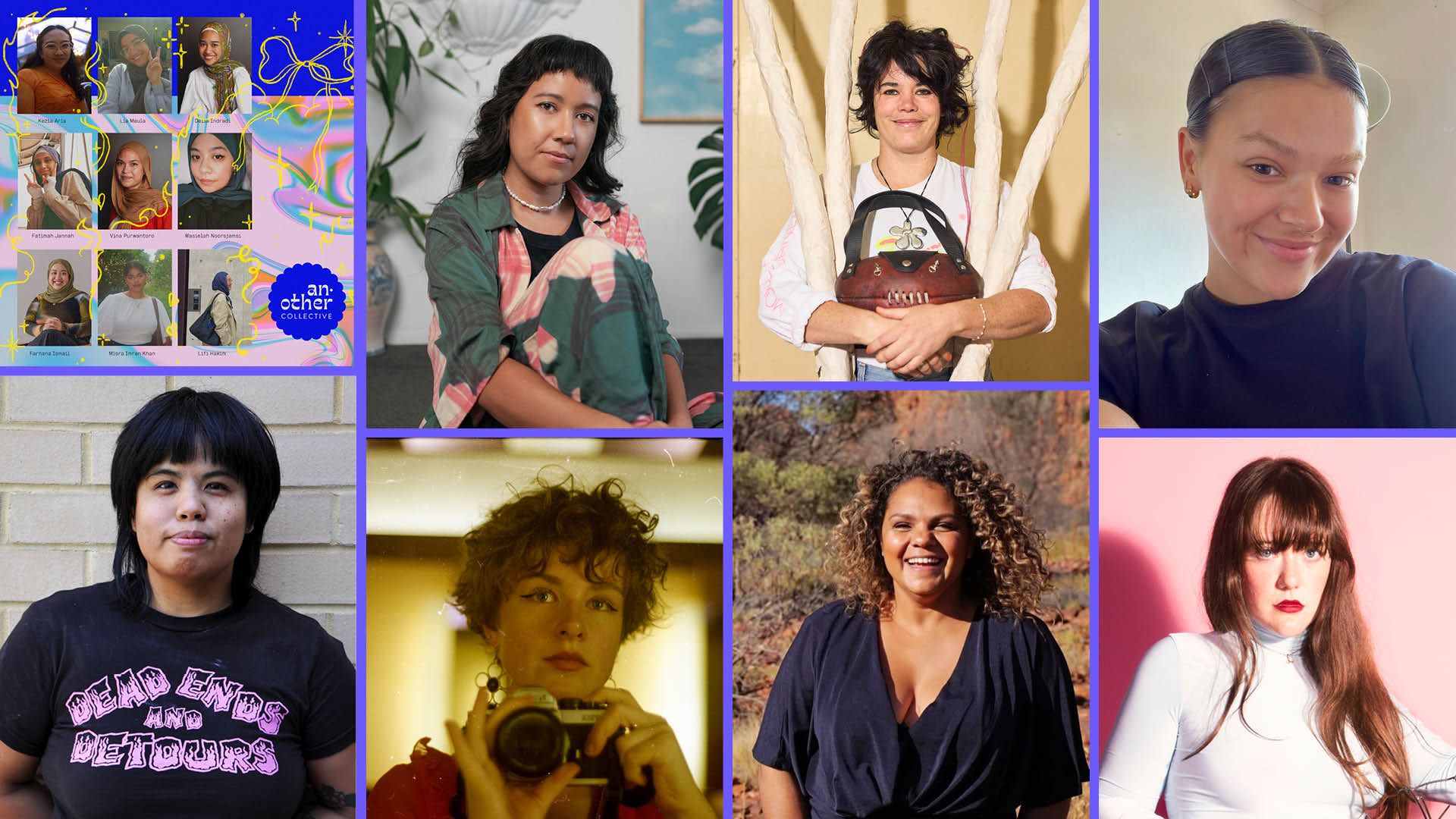How do you create the conditions for creative practice?
Next Wave’s 2024–25 Kickstart artists recently took a deep dive into what they need to do their best dreaming and their best work—asking themselves (and each other) questions like:
How can I best listen to my intuition?
How can I become comfortable with uncertainty?
What rhythms and patterns are useful/not useful?
What boundaries and parameters do I need to make?
We asked them to come back to us naming the three things they need when they 'make'. Here’s what they said:
Ellamay Fitzgerald
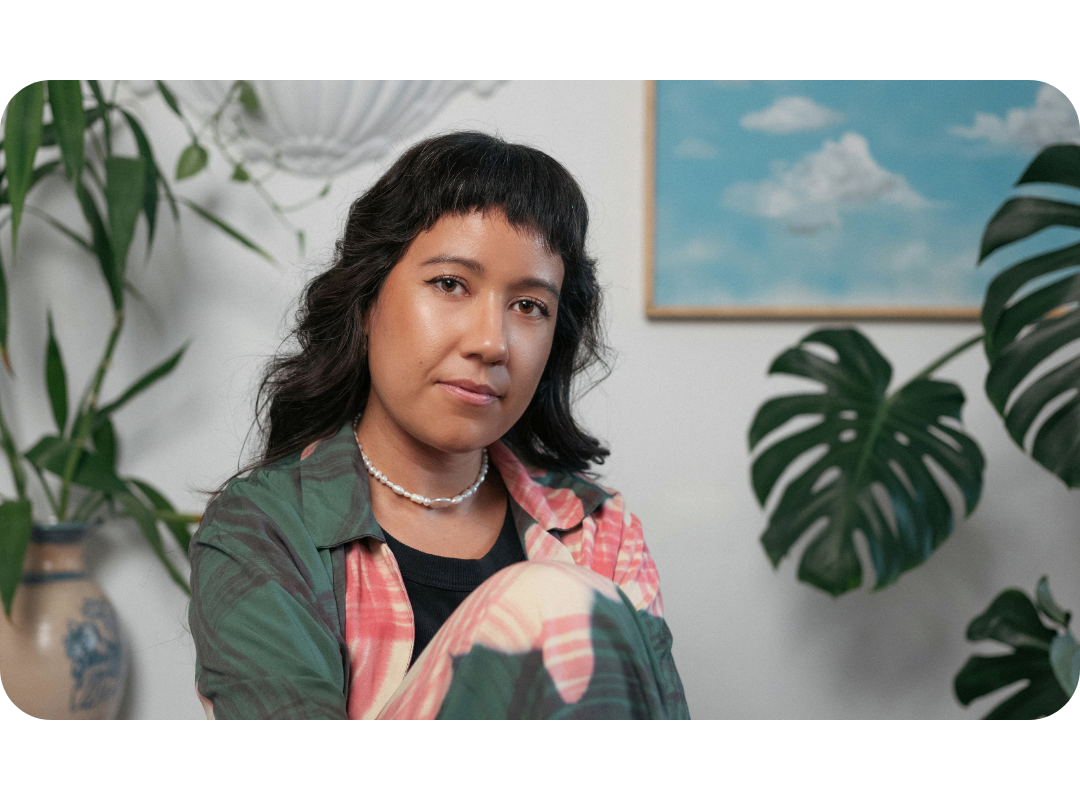
I need...
To go for a morning walk
To start my day I go for a walk along the beach and listen to a podcast. I’m surprised by what random, creative ideas pop up halfway through listening, then I write them down in my notes app for later. I follow this routine with an ocean dip and strongggg coffee. (Podcast recommendations: The Messy Truth – Conversations on Photography, Shoes Off – Stories on Asian Australian Culture).
To do my morning pages.
The revelation of morning pages! Every day I try to write down or journal my streams of consciousness. This practice has really helped me to empty/clear my mind, process emotions, thought patterns and allow creative ideas to flow through naturally. (Book recommendation: The Artist’s Way by Julia Cameron).
Time offline.
I need regular breaks from my screen and social media. This could look like taking myself for a swim, going to yoga class and meditating regularly, or spending time socially with friends. It’s important for me to switch my brain off sometimes and quieten the internal chaos, which can be very hard to do as a creative! (Book recommendations: Silence: the power of quiet in a world full of noise by Thich Nhat Hanh, Be Not Afraid of Love by Mimi Zhu).
Georgia Lucy
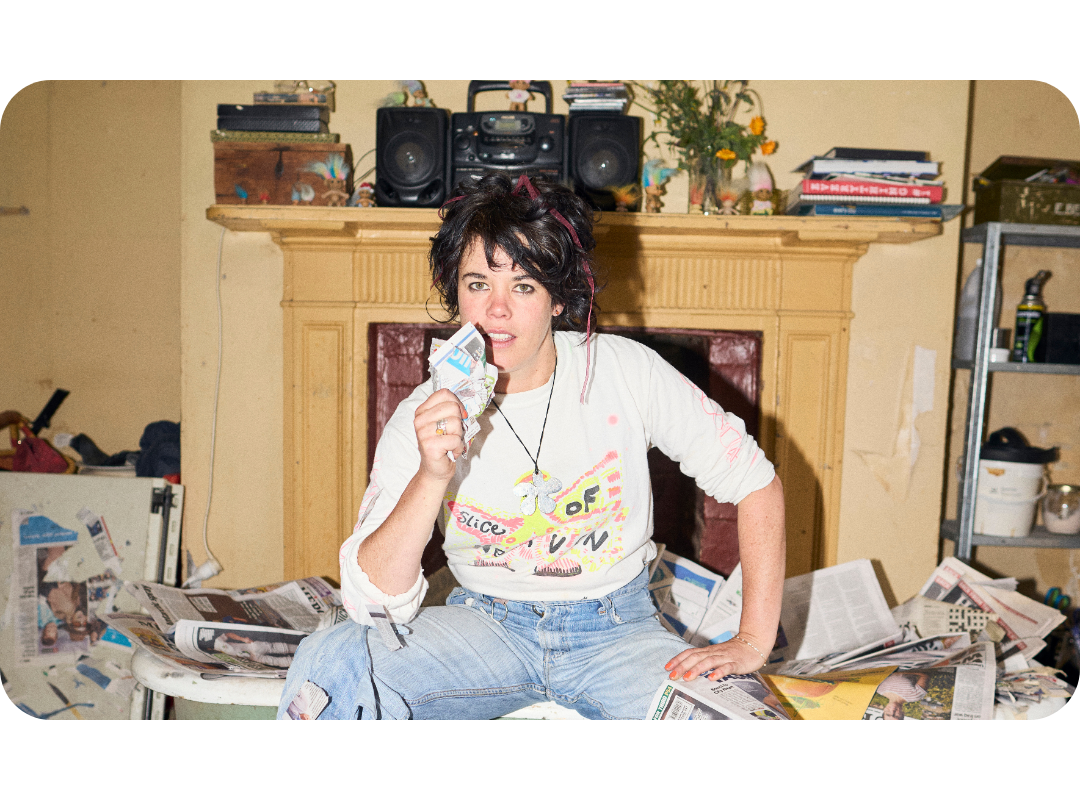
I need...
Hands, Time and Space.
In rooms I can make a mess in. Windows open. Many questions. Ears of friends. Ears of strangers. Phone up mum.
Bush walking, for days, heals my busy head. Appreciating country. Listening. Something about the beat from irregular stepping— rock hopping and duckboard strutting mixed with wild weather patterns and bird/bug rhythms, programs me into pure wondering mode. This often occurs in a raincoat. Ideas for inside shaped out in the open. On mountains looking out at oceans. "By George She's Got It!" moments.
A journal.
An essential thing for studios on the go, for collating the sparks. Stick the scrap into the pages with an apple sticker. Organise the epiphanies. Keno pencils can be found around most towns. Write it down.
My CD player.
An enjoyable thing, aiding my making in the old atelier. The building is mouldy and cracked, but hooray it's cheap. Ghosts of orphans dance around me. A studio on the second floor. A cast iron bath in the middle of the room. No getting it out the door. To make me feel safe I play CDs. I have heaps.
Personally, the playing duration of a CD is a healthy time management tool. Dunny trips and water sips happen when the album ends. My flow goes with the stereo. I enjoy picking the disk to suit. Triple J hottest 100 disks rule!
Jayda Wilson
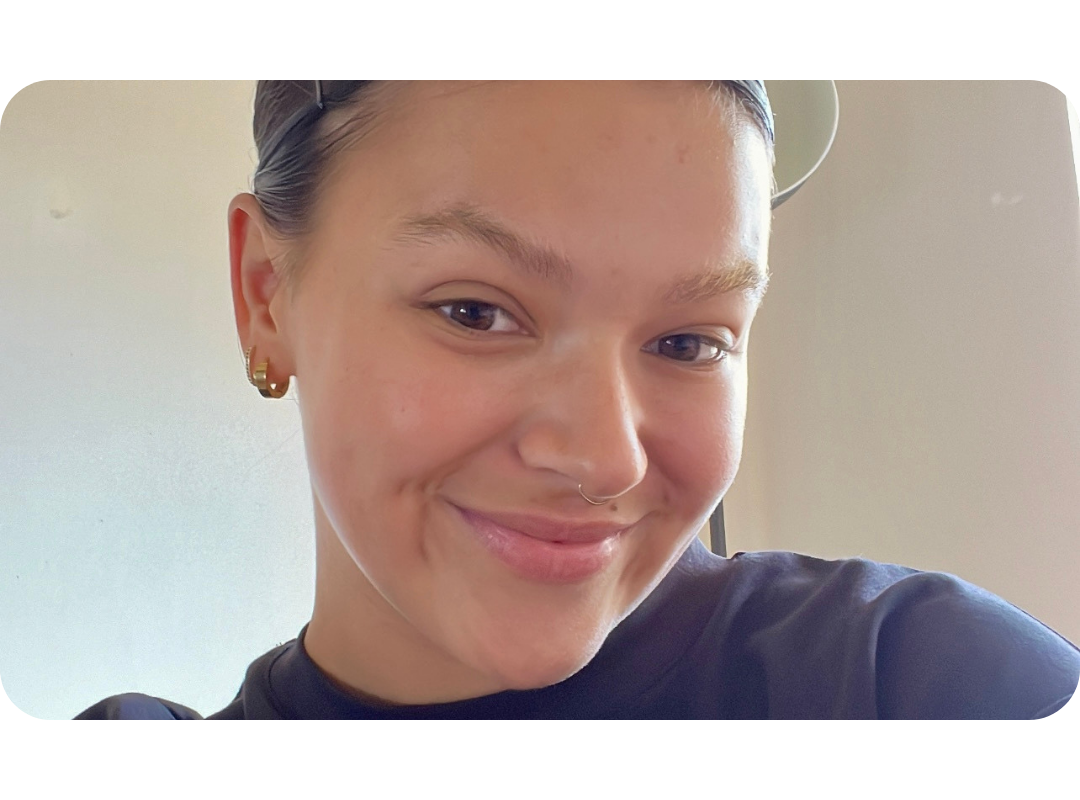
I need...
Silence (paper and pen).
Silence! An absolute necessity. If my space is crowded and noisey, my brain is therefore crowded and noisy ( as I write this, I am currently in a closed off meeting room at the State Library of South Australia). As my practice is quite research heavy so I need to be able to take in as much as I can from the material I have limited time with (paper and pen is also a necessity of this process). The exemption to this is going to a cafe for a coffee and sweet treat with some headphones. (queuing Jazz music to drown out the noise).
Sounding boards: A person I can brain dump on.
As I continue to develop my practice, I have found great importance to having sounding boards—mentors if you will. The cultural complexity of my projects is hard to carry alone, as I am also on a continual journey of self discovery as a Gugada and Wirangu person. It is a way to smooth out doubts, find reassurance, overcome fears and have space held for ideas. It is also a way gently challenge my areas of practice.
A “to do”.
As life becomes more adult-like I find that having a “to do” provides structure to the Mondays I dedicate to my practice. I have found days when I don’t have a “to do” quite dysfunctional and not a good use of my time and I have discovered new excitement when I plan for the Mondays ahead.
Jen Datu
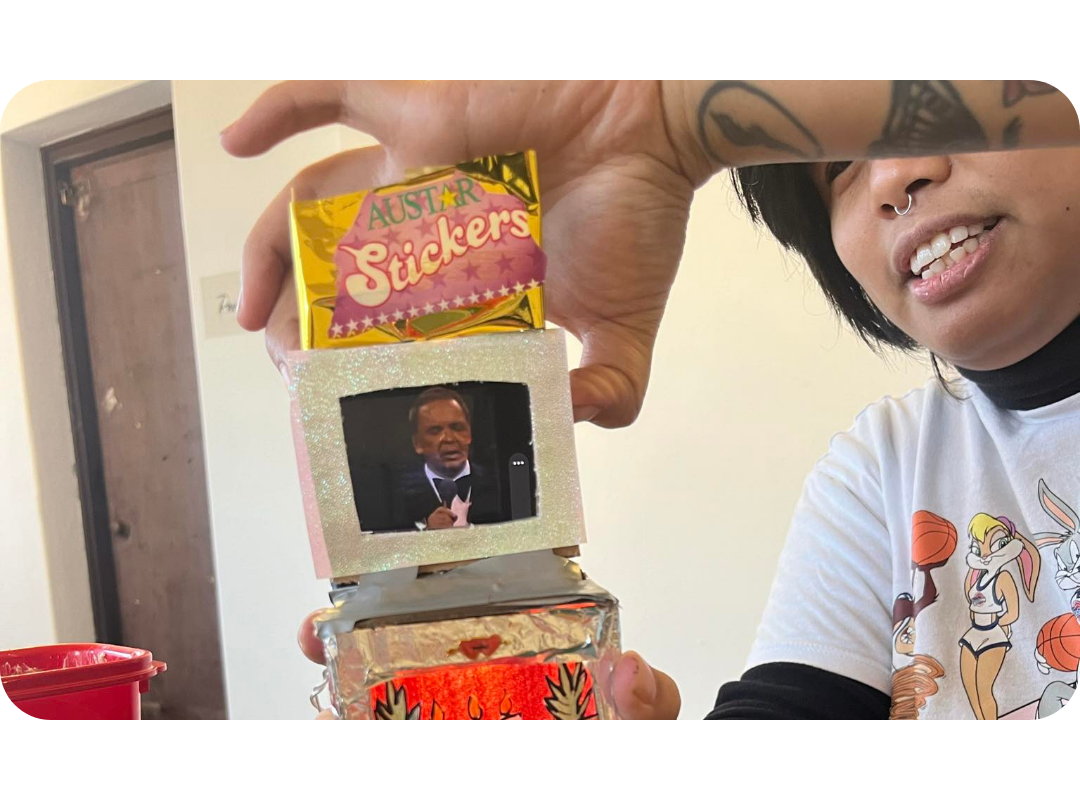
I need…
A separate studio space that is overwhelmingly stimulating with notes and images—a visual diary thrown up on all the walls, Charlie Day conspiracy-theory board-meme style.
I love putting together pieces, documenting them, and then pulling them apart. They can be puzzle pieces put together. I also love visiting other peoples’ studios and chatting about their brainstorms and experiments, seeing the different ways everyone pieces together their own puzzles.
Maquettes are really fun too! I’m a big fan of maquettes. They take it off the page and help visualise. I’ll collage little sets out of cardboard and different textures I have lying around. I can get lost in my head with a lot of thinking and conceptualising, so I think low stakes and lots of playtime is so important before getting down to refining.
Music.
Any kind of rhythmic background beat to help me keep at it. My mind tends to wander, so I need to work in lumps of a couple of hours before a break.
Snack and stretches.
Snacks are important in the studio—muesli bars, rice cakes, a jar of peanut butter, grapes. It’s an icky feeling when you feel your stomach drop or a headache settle in because you forgot to eat. It’s important to listen to your body too.
Do stretches, go for a walk for a coffee and fresh air, and take naps if possible. I like to try and identify what times of the day my brain is more awake.
Rachel Morley
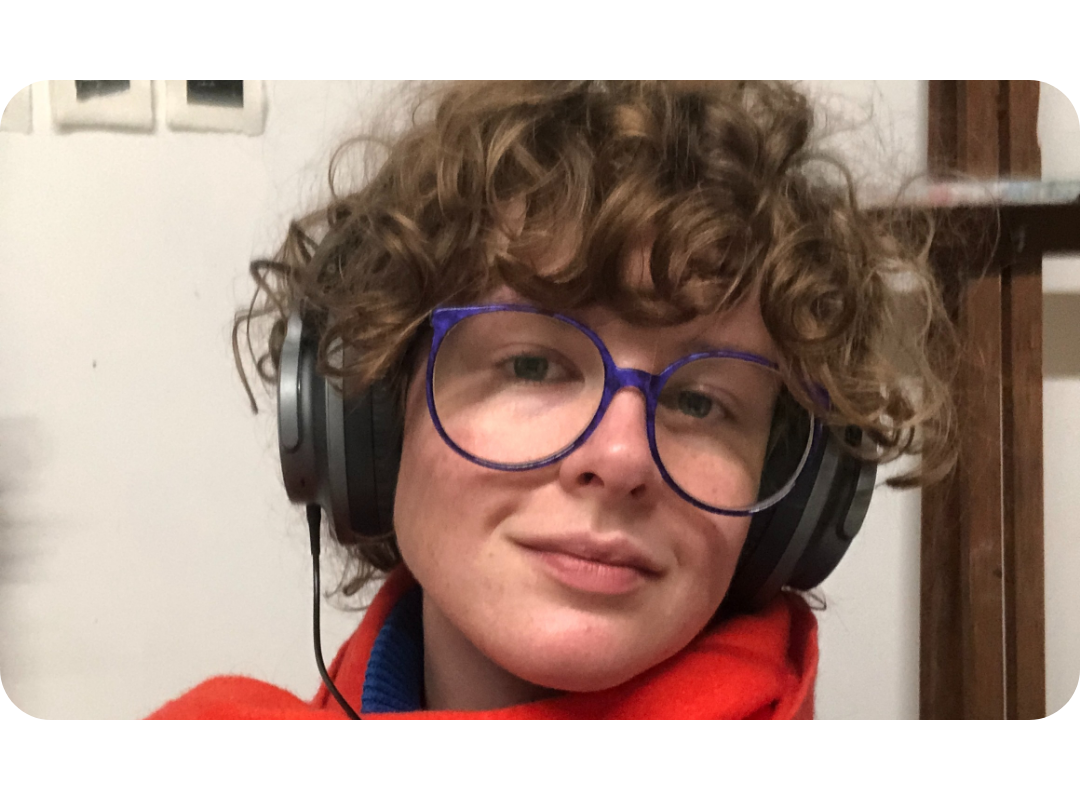
I need…
Food, and a pot of tea!
My favourite snacks are dark chocolate-covered almonds, medjool dates and raw carrots.
Headphones.
And a nice mix of soul, funk and disco music.
My studio space at Pink Ember Studios, or my DIY darkroom.
It can be hard for me to step outside of the work/household routine in order to make art.
My best studio sessions happen late at night, when no one else is around. If I’m collaging or sequencing images I need to be standing, moving, dancing, singing—which is 100% why I prefer to be alone! But when I’m doing computer-based work such as writing or digital photo-editing, I’m the exact opposite. It’s my least favourite part of the process, so I need to be in a busy cafe or working at the table alongside my sister or housemates.
My DIY darkroom setup is located in a dusty shed at my sharehouse. Because it’s not properly light-sealed, I actually can’t work until the sun goes down. Since it takes a lot to set up, I tend to do long sessions that reach into the early hours of the morning. But the time passes really quickly, as contact-printing is methodical, rhythmic and endlessly fun! It’s probably my favourite part of my arts practice and I’m so grateful to my housemates for allowing me to take up shed space with the equipment.
Sophie Dumaresq
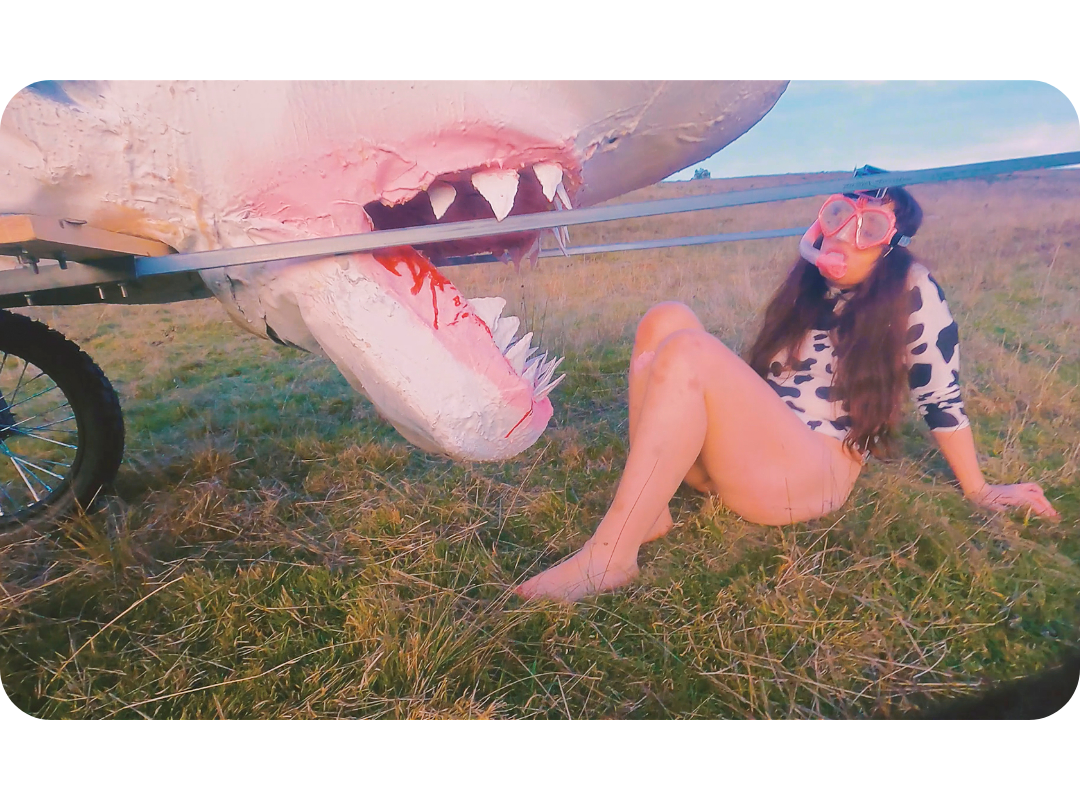
I need…
My friends and community.
My friends, human and non-human facilitate my artistic practice through their support, company, collaboration, and or conversation.
They as well as my human and non-human community members (including the ocean, the planet and robots) keep me alive and safe within my artistic practice as well as during performances. Without them, I could not do what I do the way I do it, which includes doing it with elements of constant surprise and joy. Whether it is waiting for me with a blanket, electrolytes and a banana on top of a hill during one of my performances to then also stay and watch the sunset with me and my mechanical shark afterwards, or providing me with a biosphere that I can breathe within while experiencing the shared phenomena of sunset with others. They are what bring in the joy and make it worth it.
Play.
Play within my practice creates room for failure which creates room for growth as well as suprise and joy. Seeing play as an essential element within my practice helps me take risks.
Time.
The role time plays in my practice as is essential that it gives me space in order to be able to play and have my friends and community human and non-human be part of my practice. It is when I find myself rushing or pressured to be in a rush that I don’t reach out, and I ask less for help from others and in doing so usually cause more harm to myself and others. To reach out and ask for help means having to take the time to enter into a conversation with someone/thing else and be still enough to listen and learn their language and needs to have that conversation. This is one of my favourite things about working with robots and mechanical beings whose bodies are different to my own because it can force me to go much slower than my own brain and body are accustomed to. For instance, like having to make sure that I have calibrated motors to the robotic/mechanical artwork's weight distribution before testing out code because I do not want to risk anything breaking before a camera gets turned on to capture it.

